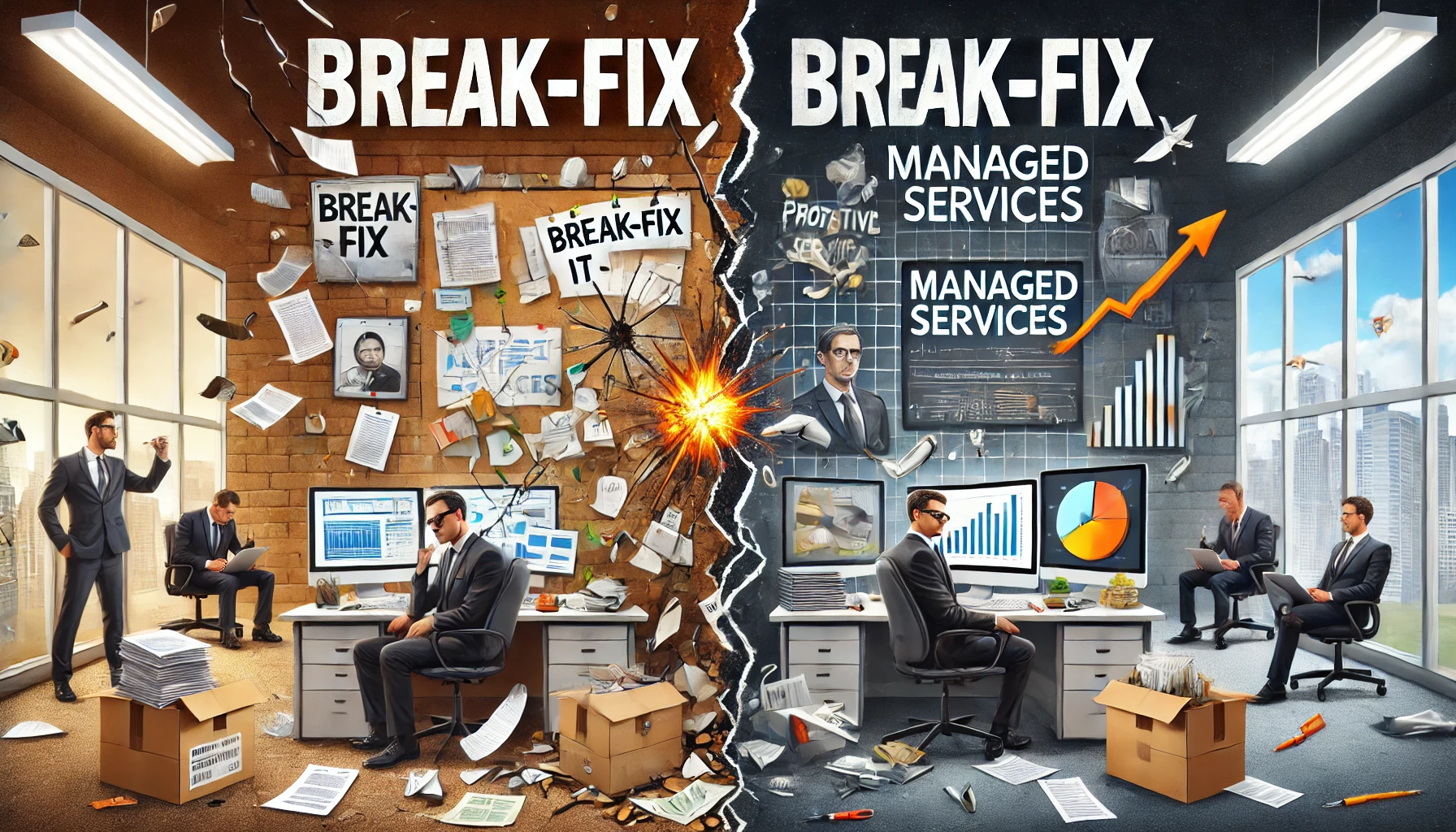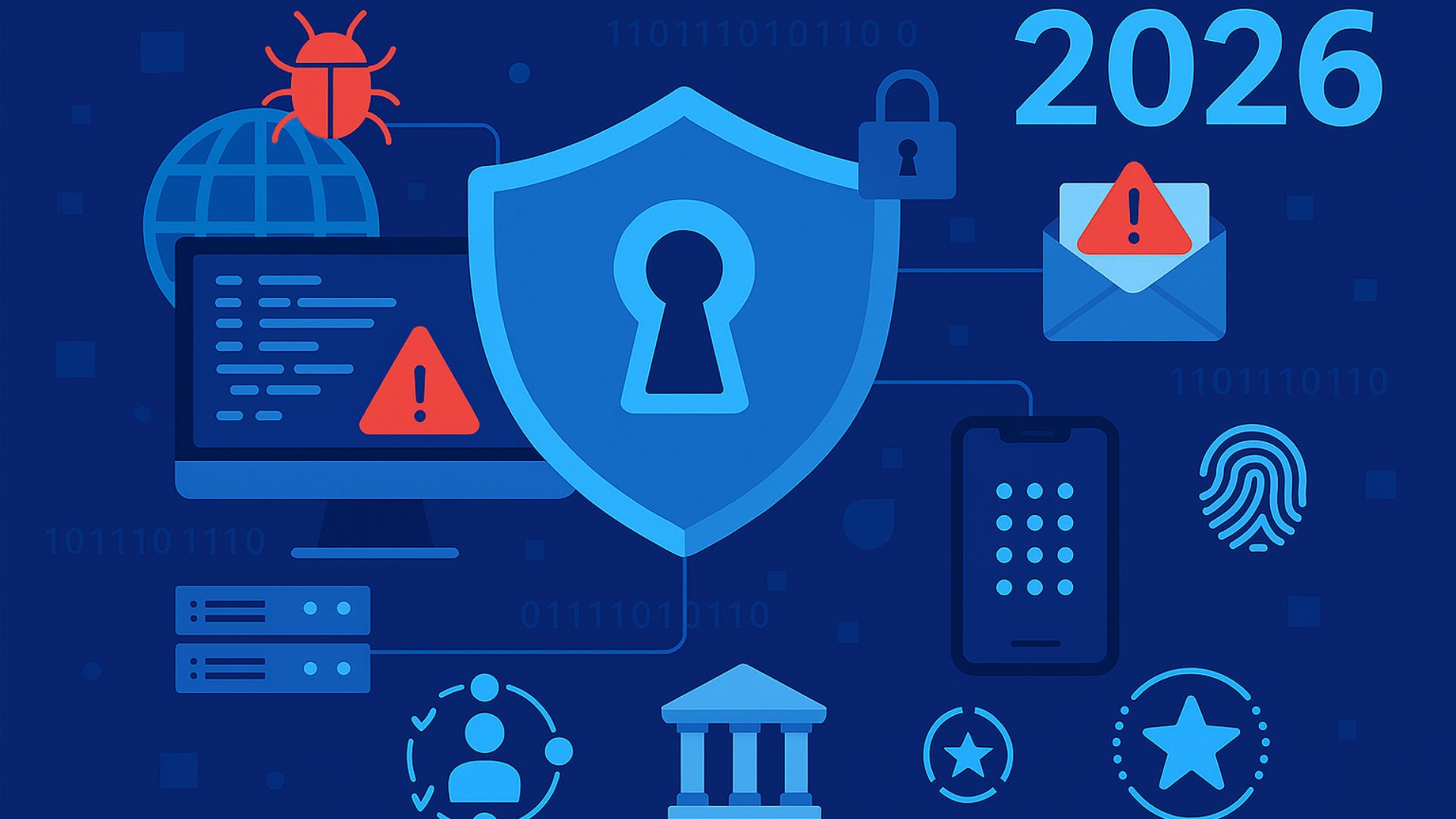DIVERSITY, EQUITY, AND INCLUSION doesn’t just cover age, gender, race, and sexual orientation. Companies committed to DEI recruit people with disabilities too. Alerting potential applicants that “”candidates with disabilities are encouraged to apply”” when you advertise a position is one way to demonstrate inclusiveness, but it doesn’t stop there.
Be Accessible from the Get-Go
To go through the recruitment process, job candidates with disabilities may require some accommodations, such as putting the application in an accessible format. Technology has helped with this considerably; career web pages and electronic application forms that read text out loud are now available for people with limited vision, for example. And the closed-captioning and chat capabilities built into platforms like Zoom enable an accessible video interview for the hearing impaired.
While it’s important to provide these accommodations, some organizations concentrate so much on them that the discussion on professional qualifications can take a back seat, cautions Amy Scherer, senior staff attorney for vocational rehabilitation at the National Disability Rights Network (NDRN), a Washington, D.C.-based advocacy organization.
“”You can get too focused on it and almost over-emphasize it because you’re so interested in being sensitive to the issue,”” says Scherer, who happens to be a wheelchair user. “”I’ve had that experience personally––and it’s great that they are concerned about meeting my accommodation needs, but I just view my disability as one small part of me. … I want to be able to focus on what I bring to the job and the talents that I have, and not just be focused on whether my disability needs are being met.””
Have an Accommodations Process
Aside from standard accommodations such as ramps, accessible restroom facilities, and doorways wide enough to fit a wheelchair, employers should offer individual accommodations to people with disabilities that enable them to do their jobs. Even with a physical workplace outfitted to accommodate those with mobility issues, however, if the employer is located in a region where public transportation is limited or nonexistent, it could be difficult for them to get to work. In this case, a work-from-home accommodation could be a viable solution––and much more comfortable and less expensive than hiring a specialized transport service to drive them to and from the office each day.
Whatever the case, employers should work with HR experts on developing a process for defining and adding accommodations, says Felicia Nurmsen, managing director of employer services at the National Organization on Disability (NOD) in New York, which works to increase employment opportunities for Americans with disabilities. In general, she notes, the process (which should be documented) will involve an initial discussion with the employee, who then puts a request into writing and possibly provides medical documentation to ensure that the disability in question is covered under the Americans with Disabilities Act.
Once the appropriate accommodations are in place, “”make sure that you’re following up with that employee to ensure that the accommodation is what they need and it’s helping them to be productive,”” Nurmsen advises.
Educate Your Workforce
Developing a truly inclusive workplace requires buy-in from all levels, and Nurmsen encourages employers that are recruiting people with disabilities to provide disability awareness training. “”It is about not only empowering that person with the disability, but empowering everyone around them,”” she says. At the NOD, disability awareness training is viewed as professional development, something that anyone who has completed can apply throughout the course of their career. According to Nurmsen, employees usually embrace this training.
“”Never before have I ever done any kind of training where 98% of the people who attended didn’t say, ‘This is fantastic. I’m so excited that my company is doing this,'”” she notes. Awareness sessions often result in existing employees revealing specific skills (such as fluency in sign language) that they hadn’t spoken of previously, she adds. “”Whatever it is, you start to see employees really blossom and want to become a part of this, and engage.””
















